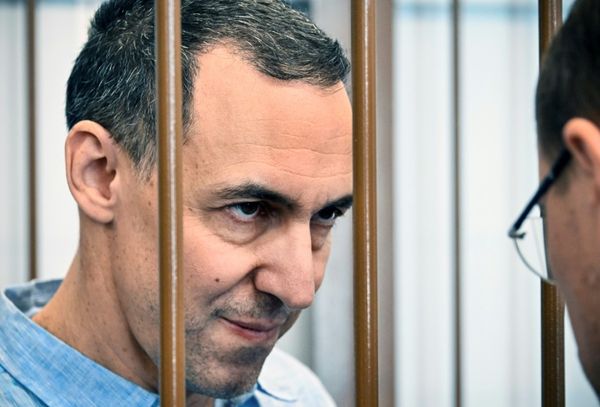“My grandmother calls me every time she needs anything now. Earlier, she looked after me. Now, I’m happy that I am taking care of her,” says 23-year-old Manjari with undisguised happiness.
The confidence in Manjari’s voice is unmistakable. A few years ago, living at Government After Care Home for Adolescent Girls, Kollam, Manjari had never imagined that she would be earning an income and living independently.
She was only 12 when her grandmother left her at the after care home as her parents were no more. She lived there till she was 21, worried what she would do once she left the home. “I did a six-month beautician course, but did not learn much. I had wanted to become a beautician, but that plan did not take off. Then I did my TTC. It was then the Aftercare programme was rolled out at the home.”
After assessments and training, Manjari was put in touch with a salon. “I did not know anything when I came here, but the owner taught me. I am doing good now. I live in a hostel. I am independent and capable of taking decisions on my own.”
Two more find job
Manjari feels her commitment to work is what prompted the salon owner to take on two more young women from the same after care home. “I paved the way for others to find employment here.”
She is now building a house, and sometime in the future hopes to start her own salon.
Like Manjari, 78 young adults have been provided career placements as part of Aftercare, a programme implemented by the Women and Child Development department, Hindustan Latex Family Planning Promotion Trust (HLFPPT), and UNICEF to enable successful transition of young adults from institutionalised living to mainstream society as independent and self-reliant individuals.
Aftercare was piloted in September 2020 in four homes — after care homes for boys and girls and government children’s homes — in Kannur and Kozhikode districts.
Socialisation skills
Long stays in institutions deprive the children of socialisation skills and prevent development of skills that are important to live independently once they leave the care homes. Aftercare employed a comprehensive approach, assessing the children’s cognitive abilities so that those with an aptitude for academics could be guided in that direction, while others could be given vocational training depending on their aptitude, interests, and potential. Individual care plans, counselling and mentoring were provided to aid their successful transition into society. Twenty-eight young adults were placed in a range of careers in this phase.
In the second phase, the programme was extended to all 16 government child care institutions and after care homes in the State. While HLLFPT did the post-placement follow-ups in the first phase, in phase two capacity building workshops for staff of the institutions such as superintendents, caretakers, wardens, and child welfare inspectors were organised, says Manna M. Leghu, a psychologist with the Aftercare programme. This was to ensure the sustainability of the programme in the long run as the home staff know the children the most and how to intervene when a problem arises. Another significant aspect of this phase was use of documentaries introducing the children to a range of career options so that they could make informed choices. In this phase, placements were found for 51 young adults.
In the third phase, the Aftercare programme hopes to reach out to private child care institutions too.







